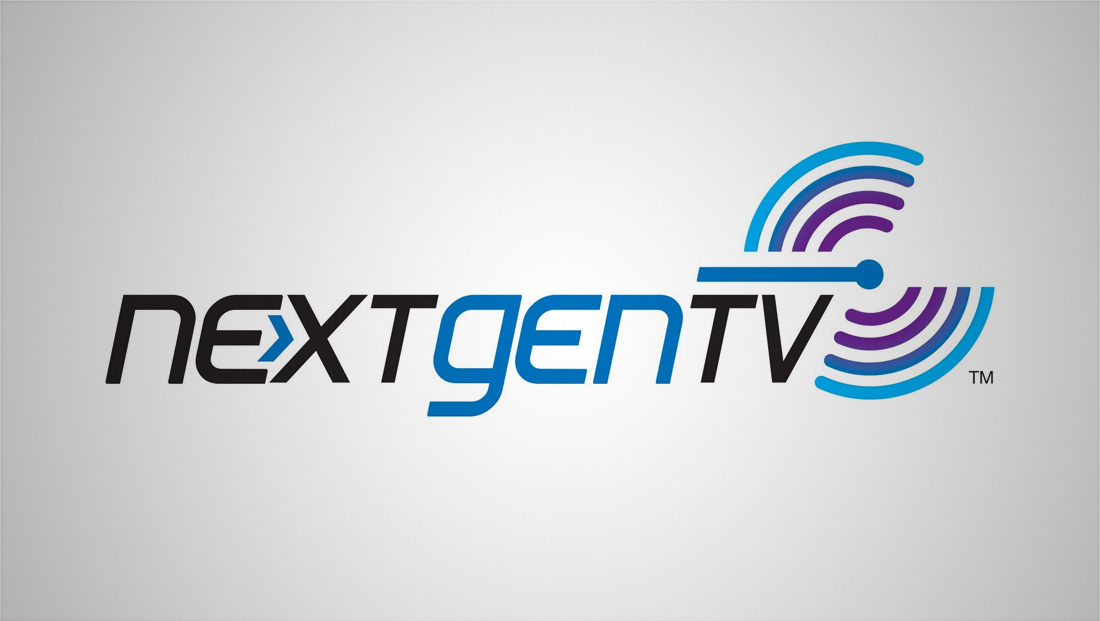NextGen TV hits 75% of households, 100+ products available to consumers in 2024

Subscribe to NewscastStudio for the latest news, project case studies and product announcements in broadcast technology, creative design and engineering delivered to your inbox.
In 2024, U.S. consumers will have access to over 100 products equipped with NextGen TV, thanks to the expansion of the ATSC 3.0 broadcast standard.
This advancement is set to reach 75% of U.S. households according to the Advanced Television Systems Committee (ATSC), signaling a significant update in television technology.
TCL is the latest TV manufacturer to announce models with built-in NextGen TV capabilities, joining Sony, Samsung, and Hisense. This addition broadens the range of televisions that support the new standard.
“Now that broadcasters have reached this important milestone, attention turns to strengthening the number of available consumer receivers and improving the viewing experience – both of which are being showcased at the ATSC exhibit this year at CES. We are delighted to add TCL to the list of TV makers offering NextGen TV, joining Sony, Samsung, and Hisense. And with ADTH, Stavix, Zapperbox, and Zinwell planning to offer NextGen TV certified and security verified receivers, including some with digital video recording capability, this year is shaping up to be a big one for consumer choice,” said Madeleine Noland, president, ATSC.
NextGen TV, powered by ATSC 3.0, enhances the viewing experience with improved video and audio quality. It also allows local stations to integrate streaming content with traditional over-the-air broadcasts. The technology is gaining interest globally, with countries like South Korea and Jamaica already using it.
The Consumer Technology Association reports that the U.S. market for NextGen TV is growing. The installed base of NextGen TV receivers surpassed 10.3 million in 2023, and sales are expected to increase by 45% in 2024.
Demonstrations at CES, including those from Dolby Laboratories and HDR technology showcases, highlight the immersive capabilities of NextGen TV. The standard also facilitates advanced emergency information, navigation services, and interactive features for enhanced viewer engagement.
Internationally, Brazil and India are considering ATSC 3.0 for their broadcasting needs, while Jamaica is actively promoting the technology through a consumer awareness campaign.
“ATSC 3.0 has a global impact, too. South Korea and Jamaica are both on-air with ATSC 3.0. Trinidad & Tobago will transition in 2025. Both Brazil and India are evaluating ATSC 3.0 as a technology that can handle different technological challenges, and discussions are underway in a number of other countries that are looking for the most flexible broadcast system that easily adapts to changing needs and behaviors,” Noland said.
Subscribe to NewscastStudio for the latest news, project case studies and product announcements in broadcast technology, creative design and engineering delivered to your inbox.



tags
NextGen TV ATSC 3.0
categories
Broadcast Engineering News, Broadcast Industry News, Featured